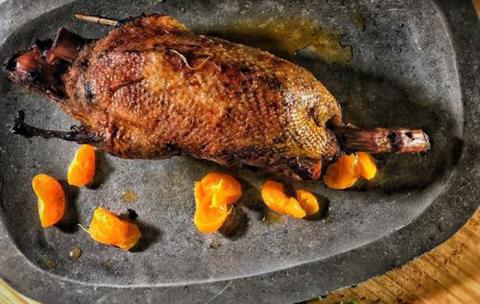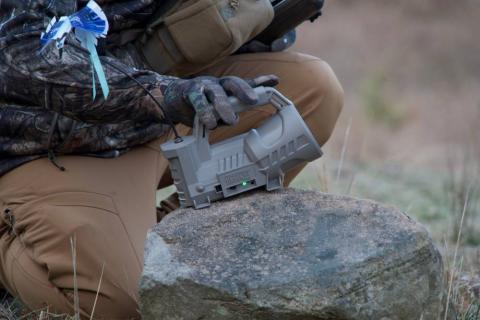Bill Marchel | Originally published in GameKeepers: Farming for Wildlife Magazine
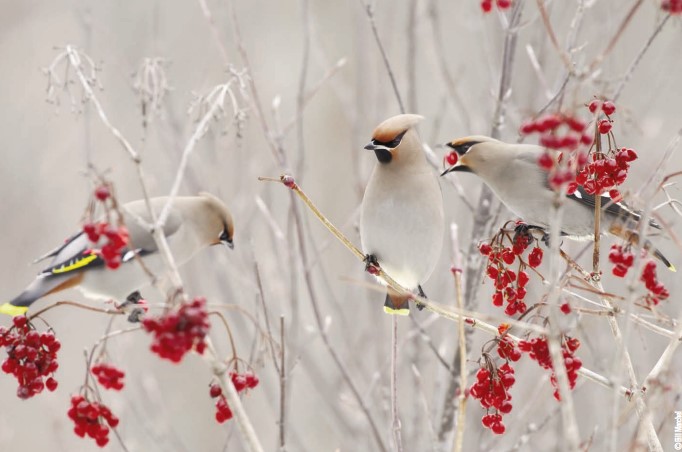
When I purchased 70 acres of land in central Minnesota 17 years ago my plan was to create a habitat attractive to a variety of wildlife. That included my backyard. You don’t have to own vast acreage to successfully draw wildlife with your plantings. In fact, you don’t have to live in the country. Wildlife will respond to your habitat efforts even if you reside in the bowels of a metropolitan area.
Every spring I plant a variety of trees and shrubs, each with a purpose. Initially I planted mostly evergreen species, my idea - a future windbreak around the house to buffer bitter winter winds. The colorful and diverse grove of evergreens also provides a haven for a variety of wildlife that slumber within the protective confines, especially during winter. In spring songbirds build nests and raise young in the dense foliage.
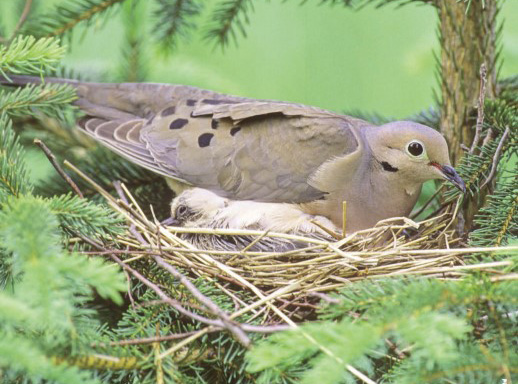
When planting trees and shrubs it’s beneficial to concentrate on species that provide wildlife with not only shelter, but also food in the form of fruit or nuts. When choosing plant varieties, native species usually grow best and with the least amount of effort. By talking with state and county foresters, nursery staff, and by reading books and doing Internet research, you will be able to find a variety of tree and shrub species that will grow well in your location and still provide wildlife the benefits of both food and cover.
Of course, for plants to grow here in Minnesota they need to be cold hardy. Tree varieties to consider are crab apple (red-splendor is my favorite), mountain ash, green ash, red and bur oak, birch and maple. These species provide food in the form of fruit, nuts or buds, as well as cover for a variety of birds and mammals.
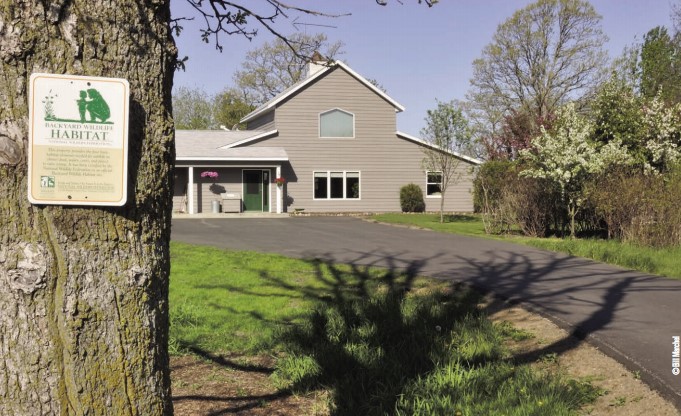
Fruit bearing shrubs not only attract wildlife, but they can also add beauty to any landscape project. Shrubs can be planted in tight spaces such as near homes or garages, or can be planted close together and trimmed to form hedges and boundaries.
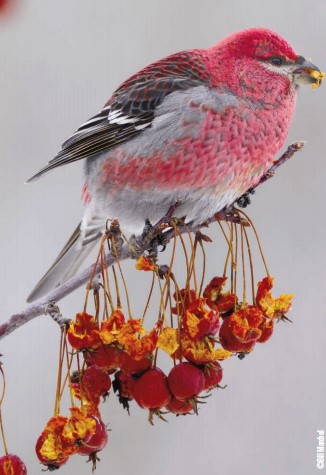
Try to plant trees and shrubs that will provide food for wildlife throughout the year. For instance, scarlet elder produces fruit in early summer, red-osier dogwood and serviceberry during mid-summer; grey dogwood, American elderberry and chokecherry in late summer and highbush cranberry, mountain ash and crab apple ripen during the fall and hold their colorful fruit through the winter.
Your entire landscape plan need not be accomplished in one summer, but the sooner you get started, the sooner you'll realize the rewards. When you marvel at a flock of colorful waxwings as they descend upon your crab apple tree on a cold winter day, or when a robin feeds its young in a nest secure in the evergreen you planted a few years ago, you'll know all your efforts and expenses were well worth it.
Someone once said, "The best time to plant a tree (or shrub) was 20 years ago. The next best time is today." How true.
















